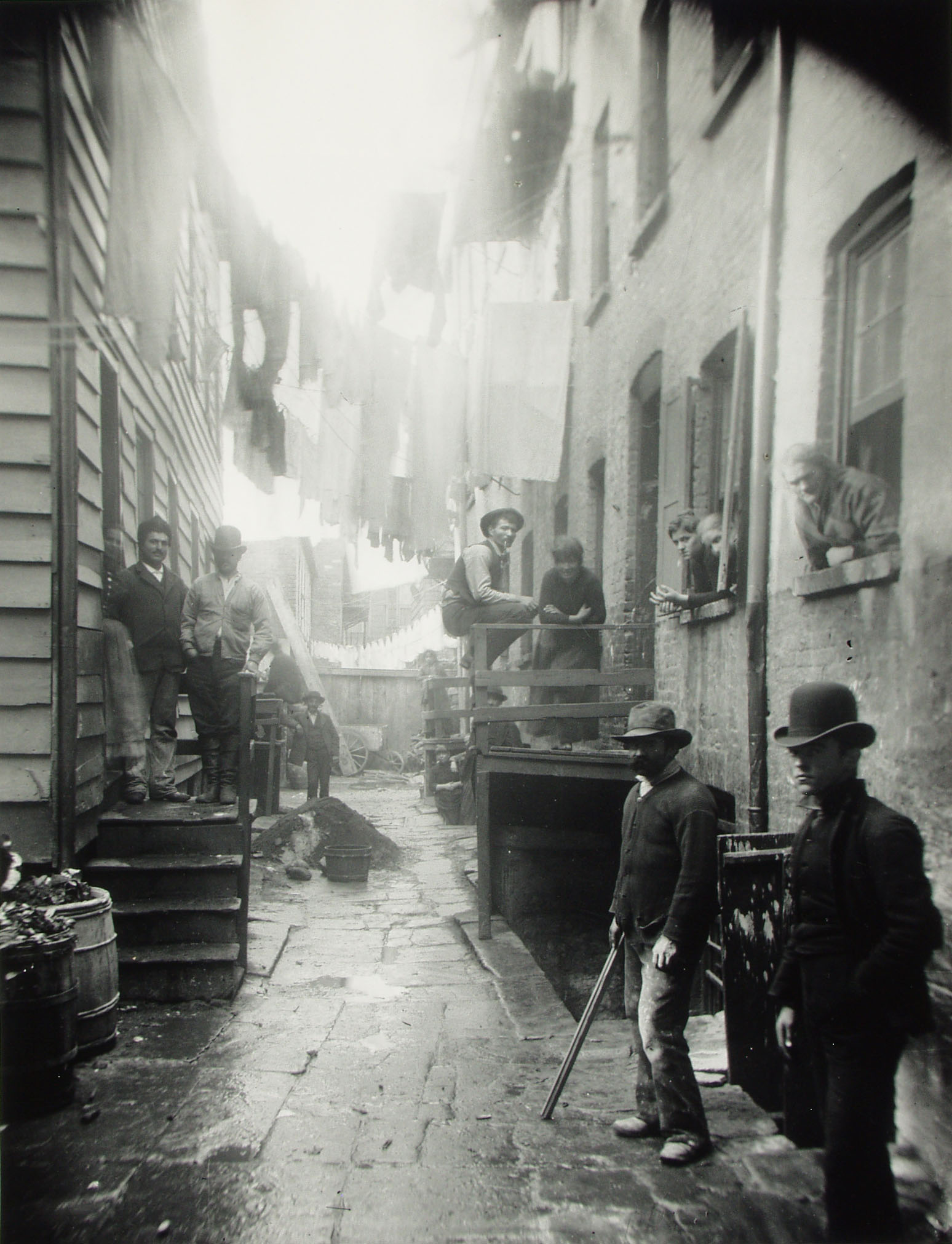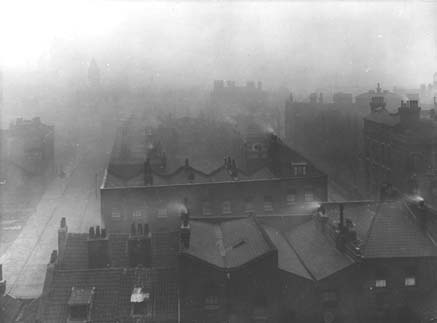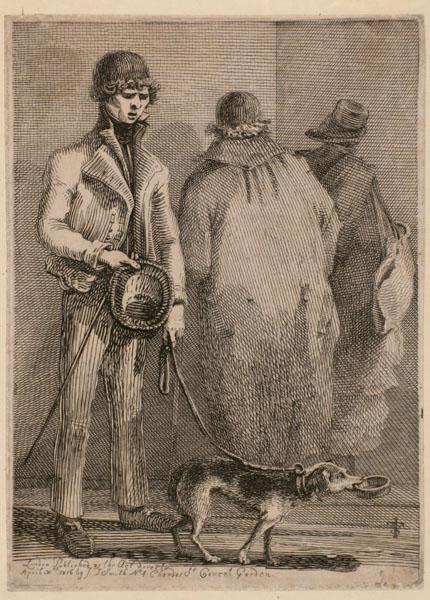A Word About Punk
Ladies and gentlemen,
From time to time, the word "punk" comes up in conversations regarding steampunk. The term is often confused with the 1970s-era subculture of the same name, but in fact the word "punk" is much older than "punk rock" or the "punk subculture," and while 70s punk received its name due to a perceived connection with the term, that connection represents a distinctly late 20th century interpretation and worldview.
In fact, the word "punk" is extremely old. Of archaic extraction and uncertain origin, it originally referred to a prostitute (often a young male in a homosexual context, although this distinction eventually faded away), and this may itself have been derived from boys used as sexual partners during the crusades. The term was in use to mean "a prostitute" in general parlance by the 17th century. The term has been given other meanings as well during its passage through the pre-20th century years, although these can be seen has having a logical connection to the original meaning. For example, the word has been used to mean an inexperienced person, generally a youth (which may be linked to the word's meaning of a young sexual partner). By the end of the 19th century, the word was also used to refer to something "of little worth," which may be related to its roots among prostitution (given the low view of prostitutes in the eyes of society). Due to these associations, the term was expanded to mean a street person, ruffian, troublemaker, criminal, etc., in addition to the closely connected definition of prostitute; the link here is quite apparent.
In the 1970s, the term "punk" was applied to a growing subculture of disillusioned youths living in Britain and the United States.
The use of the term in this context may have been a reference to "punks" as untutored musicians, although for mainstream society the strongest connection was doubtless with the "street person" or "hoodlum" definition. Following the popularity of 70s punk, much of mainstream society has come to regard that subculture as the base definition for most uses of the word "punk," in spite of the fact that the term is much older and is still applied in a much larger context. However, the 70s punk subculture came about as a result of extreme changes in society brought on by two world wars and the resulting social-political-economic changes, a world quite some distance from the steam age, or even the "modern age" that followed the First World War.
While some aspects of the modern punk culture share features in common with other derivatives of punk (largely in the area of independence and self-reliance, whether self-intended or forced upon them), they are far from identical. More importantly, 70s punk did not originate the word, and consequently it is a mistake to assume that any time the word is used it is used in reference to the 70s punk scene. Granted, this is not an unusual mistake to make and no one should be criticized for making it, but there is a difference and it is only right to point it out. Besides which, the 70s punk movement was extremely opposed to the concept of labeling and enforced conformity, so the very thought of using the term "punk" to demand that all things steampunk resemble 70s punk does a grave disservice to the punk movement.
I would like to remind people that my purpose here is not to demand that you conform to one particular style of steampunk dress. What I am trying to do is, first, defend those people who have created perfectly wonderful steampunk outfits that are then criticized as being "too Victorian" or "not punk enough," or asked "Where is the punk?"; and second, to provide a supply of reference material for anyone who is unsure of where to begin when approaching steampunk fashion (I know that this can be a very daunting task when one is first starting out, and so I endeavor to provide sources of inspiration). Take these posts and either use them if you find them useful, or just enjoy the images I find.
So, with no more ado, let us take a look at "punk" in a steam age context.
Regards, etc.,
-G. D. Falksen

A scene from Jacob Riis's "How the Other Half Lives." While the focus of the piece of photojournalism was on the working class rather than the underclass, it displays the dreadful conditions of steam age cities. It has never been pleasant to be a "street person," but the steam age was among the worst periods in history to be poor.

Victorian cities were terrible places, filled with squalor and smoke. We may think that modern cities are dirty and unpleasant, but the presence of poor drainage and coal-fueled factories created a hostile environment one can scarcely imagine.

This is a photograph of a so-called "soiled dove," one of the many slang terms for prostitutes (others included "unfortunates," "fallen women," "dollymops," etc.). However, while some succeeded in becoming wealthy or worked in brothels, many were forced to eke out a living on the streets. For most prostitutes, the above image would have been a dream.

This sort of environment would have been far more likely.

While the victims of Jack the Ripper were certainly the exception rather than the rule, it was not unusual for ladies of the street to meet early and unfortunate ends, whether from brutality, disease, or simple exhaustion. Truly, this was not a pleasant life to be forced into.

And lest we forget the "other half" of the underclass, it must be remembered that men also comprised the underclasses. Beggars, vagrants and gang members all were forced to subsist in a harsh industrial world that saw their hardship as a representation of their own moral and ethical failings.

A harsh and unpleasant life indeed.

And again here.
One can also find excellent examples of the grim and dirty life of the underclass in modern films and television programs that tackle period subjects.

Consider Gangs of New York, which does an excellent portrayal of the criminal classes in mid-century New York City.

Similarly, Oliver Twist demonstrates the grimness of being a child in the Victorian underworld. In fact, Dickens is in general an excellent reference for anyone interested in the seamier side of Victorian society.

And on that note: children of the time.
From time to time, the word "punk" comes up in conversations regarding steampunk. The term is often confused with the 1970s-era subculture of the same name, but in fact the word "punk" is much older than "punk rock" or the "punk subculture," and while 70s punk received its name due to a perceived connection with the term, that connection represents a distinctly late 20th century interpretation and worldview.
In fact, the word "punk" is extremely old. Of archaic extraction and uncertain origin, it originally referred to a prostitute (often a young male in a homosexual context, although this distinction eventually faded away), and this may itself have been derived from boys used as sexual partners during the crusades. The term was in use to mean "a prostitute" in general parlance by the 17th century. The term has been given other meanings as well during its passage through the pre-20th century years, although these can be seen has having a logical connection to the original meaning. For example, the word has been used to mean an inexperienced person, generally a youth (which may be linked to the word's meaning of a young sexual partner). By the end of the 19th century, the word was also used to refer to something "of little worth," which may be related to its roots among prostitution (given the low view of prostitutes in the eyes of society). Due to these associations, the term was expanded to mean a street person, ruffian, troublemaker, criminal, etc., in addition to the closely connected definition of prostitute; the link here is quite apparent.
In the 1970s, the term "punk" was applied to a growing subculture of disillusioned youths living in Britain and the United States.
The use of the term in this context may have been a reference to "punks" as untutored musicians, although for mainstream society the strongest connection was doubtless with the "street person" or "hoodlum" definition. Following the popularity of 70s punk, much of mainstream society has come to regard that subculture as the base definition for most uses of the word "punk," in spite of the fact that the term is much older and is still applied in a much larger context. However, the 70s punk subculture came about as a result of extreme changes in society brought on by two world wars and the resulting social-political-economic changes, a world quite some distance from the steam age, or even the "modern age" that followed the First World War.
While some aspects of the modern punk culture share features in common with other derivatives of punk (largely in the area of independence and self-reliance, whether self-intended or forced upon them), they are far from identical. More importantly, 70s punk did not originate the word, and consequently it is a mistake to assume that any time the word is used it is used in reference to the 70s punk scene. Granted, this is not an unusual mistake to make and no one should be criticized for making it, but there is a difference and it is only right to point it out. Besides which, the 70s punk movement was extremely opposed to the concept of labeling and enforced conformity, so the very thought of using the term "punk" to demand that all things steampunk resemble 70s punk does a grave disservice to the punk movement.
I would like to remind people that my purpose here is not to demand that you conform to one particular style of steampunk dress. What I am trying to do is, first, defend those people who have created perfectly wonderful steampunk outfits that are then criticized as being "too Victorian" or "not punk enough," or asked "Where is the punk?"; and second, to provide a supply of reference material for anyone who is unsure of where to begin when approaching steampunk fashion (I know that this can be a very daunting task when one is first starting out, and so I endeavor to provide sources of inspiration). Take these posts and either use them if you find them useful, or just enjoy the images I find.
So, with no more ado, let us take a look at "punk" in a steam age context.
Regards, etc.,
-G. D. Falksen

A scene from Jacob Riis's "How the Other Half Lives." While the focus of the piece of photojournalism was on the working class rather than the underclass, it displays the dreadful conditions of steam age cities. It has never been pleasant to be a "street person," but the steam age was among the worst periods in history to be poor.

Victorian cities were terrible places, filled with squalor and smoke. We may think that modern cities are dirty and unpleasant, but the presence of poor drainage and coal-fueled factories created a hostile environment one can scarcely imagine.

This is a photograph of a so-called "soiled dove," one of the many slang terms for prostitutes (others included "unfortunates," "fallen women," "dollymops," etc.). However, while some succeeded in becoming wealthy or worked in brothels, many were forced to eke out a living on the streets. For most prostitutes, the above image would have been a dream.

This sort of environment would have been far more likely.

While the victims of Jack the Ripper were certainly the exception rather than the rule, it was not unusual for ladies of the street to meet early and unfortunate ends, whether from brutality, disease, or simple exhaustion. Truly, this was not a pleasant life to be forced into.

And lest we forget the "other half" of the underclass, it must be remembered that men also comprised the underclasses. Beggars, vagrants and gang members all were forced to subsist in a harsh industrial world that saw their hardship as a representation of their own moral and ethical failings.

A harsh and unpleasant life indeed.

And again here.
One can also find excellent examples of the grim and dirty life of the underclass in modern films and television programs that tackle period subjects.

Consider Gangs of New York, which does an excellent portrayal of the criminal classes in mid-century New York City.

Similarly, Oliver Twist demonstrates the grimness of being a child in the Victorian underworld. In fact, Dickens is in general an excellent reference for anyone interested in the seamier side of Victorian society.

And on that note: children of the time.